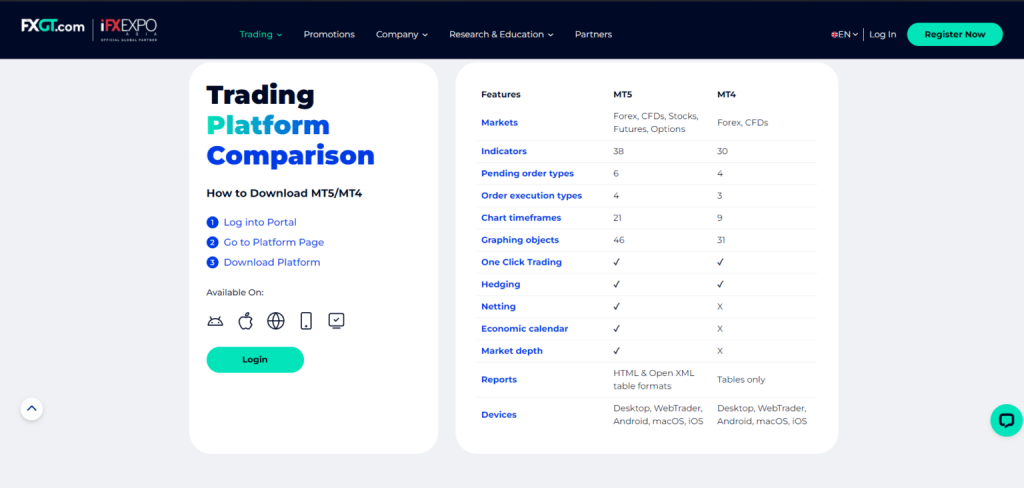Pinbar Trading Introduction
South Africa’s dynamic forex market presents unique opportunities for traders employing sophisticated price action strategies. The Pinbar pattern, a powerful price action signal, has gained significant traction among ZAR traders. This comprehensive guide explores how to leverage Pinbar formations effectively within the context of South African trading conditions.

Pinbar Trading: South African Market Perspective
The South African forex market, influenced by both local economic factors and global market dynamics, requires a nuanced approach to Pinbar trading. These distinctive price action signals become particularly relevant when trading major ZAR pairs, offering insights into potential market reversals and continuation patterns.
Key Market Characteristics:
- ZAR volatility patterns
- Local market trading hours
- Global market correlation
- Economic indicator impact
- Resource market influence
- Political sensitivity factors
- Regional market dynamics
Strategic Implementation of Pinbar Patterns
Bullish Pinbar Characteristics in ZAR Trading:
- ZAR depreciation rejection signals
- Commodity price correlation
- Economic news reaction patterns
- Institutional support levels
- Volume confirmation metrics
- Risk premium considerations
- Market sentiment alignment
Bearish Pinbar Identification Framework:
- Currency strength overextension
- Technical resistance confluence
- Divergence confirmation
- Institutional selling signals
- Volume distribution analysis
- Risk-off sentiment indicators
- Global market correlation
| Market Phase | Success Rate | Optimal Session | Risk Profile |
| High Volatility | 70-80% | London/SA Overlap | 1:2.5 |
| Low Volatility | 55-65% | SA Session | 1:1.8 |
| News Events | 60-75% | Multiple | 1:2 |
Risk Management for South African Traders
Capital Preservation Strategies:
- Position Sizing Protocol
- Drawdown Management
- Currency Risk Assessment
- Volatility Adjustment
- Cross-Pair Correlation

Market Analysis Framework
South African Market Context:
Analysis Components:
- Local market sentiment
- International flow impact
- Commodity correlation
- Political risk assessment
- Technical level validation
- Institutional order flow
- Regional economic factors
South African Trading Parameters
Professional Guidelines:
Risk Control Framework:
- Local banking hours consideration
- Cross-border transaction limits
- Exchange control regulations
- Market liquidity assessment
- Position scaling methodology
- Overnight exposure management
- Crisis risk mitigation
| Portfolio Value | Risk Limit | Standard Size | Stop Parameters |
| R75,000 | R1,500 | 0.1 lot | 75-125 pips |
| R150,000 | R3,000 | 0.2 lot | 60-100 pips |
| R375,000 | R7,500 | 0.5 lot | 45-85 pips |
Market Scenario
Trading Environment Applications:
- Resource Market Impact
- Interest Rate Cycles
- Global Risk Sentiment
- Regional Economic Trends
- Political Event Navigation
Execution Framework
Implementation Protocol:
- Pattern Recognition
- Market Context Analysis
- Entry Strategy Development
- Risk Parameter Setting
- Exit Planning
| Process | Verification | Time Frame |
| Analysis | Multi-factor | Daily/4H |
| Entry | Confirmation | 1H/15M |
| Management | Real-time | Variable |
Conclusion
Success in Pinbar trading within South Africa’s forex market demands a sophisticated understanding of local market dynamics, precise execution strategies, and robust risk management. This comprehensive approach, tailored to South African trading conditions, provides a foundation for consistent performance in ZAR pair trading. Remember that successful trading combines technical proficiency with thorough market knowledge and disciplined risk management.
Note: Trading guidelines must comply with South African financial regulations and exchange control requirements. Consult with licensed financial advisors for personalized trading advice.
FAQ
What's the recommended capital for ZAR pair trading?
Consider starting with R75,000 for adequate risk management flexibility.
How does ZAR volatility affect Pinbar trading?
Higher volatility periods require wider stops and careful position sizing adjustments.
Are Pinbars effective during South African market hours?
Most effective during the London/SA overlap due to increased liquidity.
How to handle overnight positions with Pinbar trades?
Consider swap rates and adjust position sizes for overnight exposure.
Should technical indicators complement Pinbar trading?
Incorporate RSI and moving averages for confirmation, especially with ZAR pairs.













